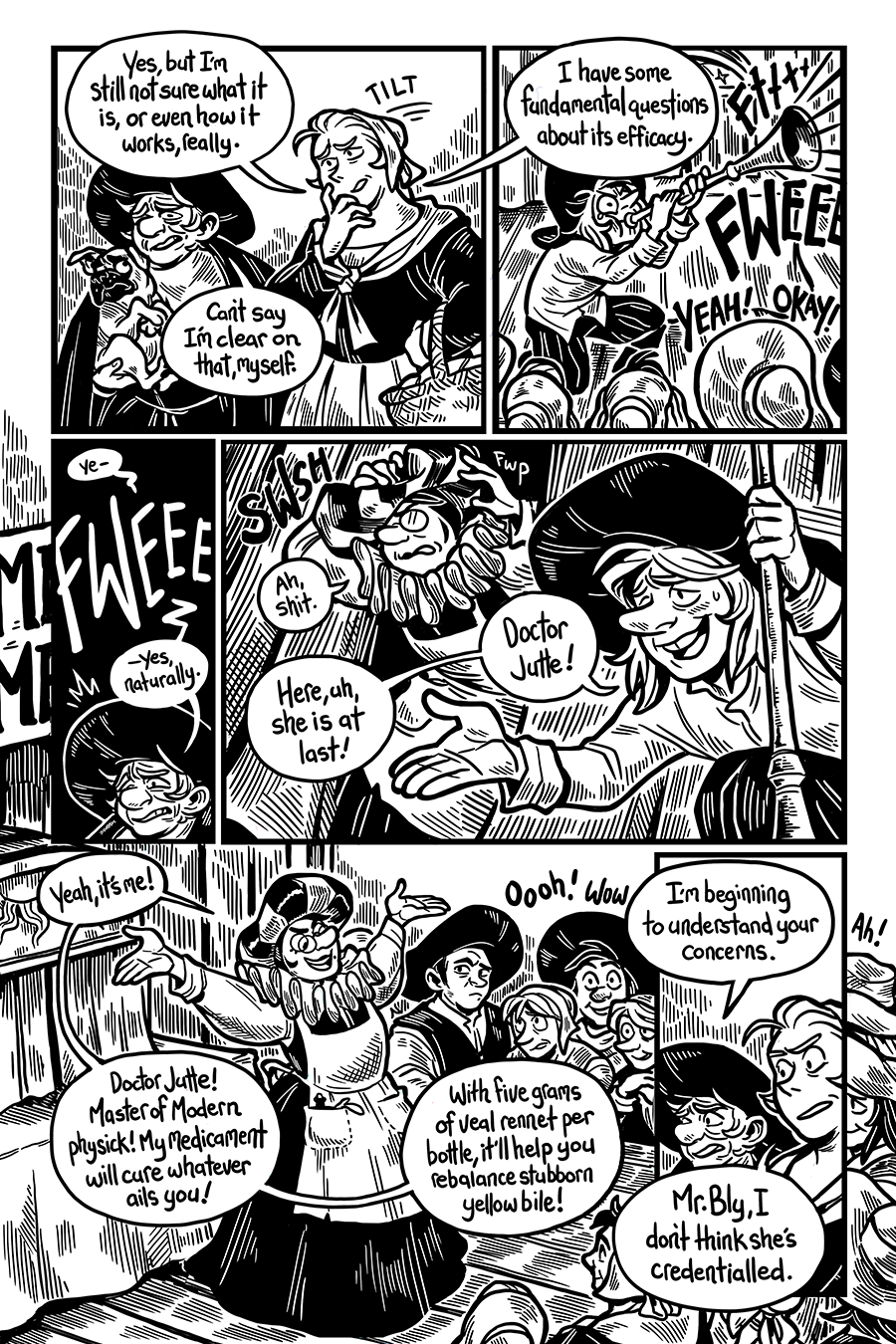
Quack doctors (kwakzalvers, from quack and salve) were often subjects of Dutch genre paintings in the 17th C, and here’s one of my favorites, "The Quack Doctor" by Gerrit Dou (1652): https://en.wikipedia.org/wiki/The_Quack_Doctor
During market days, laws and guild regulations were often more relaxed, and quack doctors selling patent medicines took advantage of these opportunities. Dou’s commentary isn’t subtle: the woman changing her child’s diaper in the foreground suggests that this kwakzalver’s pitch is similarly full of shit. Like the enterprising little criminal on the far right of the frame, he’s effectively picking the pocket of his audience. Only the educated, higher class man in the window takes notice of the theft, and this may have been Dou’s way of reassuring his similarly situated patrons that they were too clever to be taken in by obvious quackery. (They weren’t).
The quack doctor’s diploma, complete with enormous wax seal, is an obvious fake. His dress is a crude approximation of what a physician might wear, but possibly close enough to fool his gullible audience. He’s also pictured with a monkey, who appears to be looking over his wares. Monkeys featured in a lot of Dutch art from the early to mid 17th C, including satirical pieces related to tulipmania (a topic I’ll probably return to shortly). During this period, monkeys (beyond being exotic pets and status symbols) often represented foolishness or a reversion to beast-like behavior. So this may be commentary on the gullibility of the kwakzalver's audience (or maybe his own vices).
So the quack medicine in Bybloemen? Silly, not 100% historically accurate, but also not too far off!



